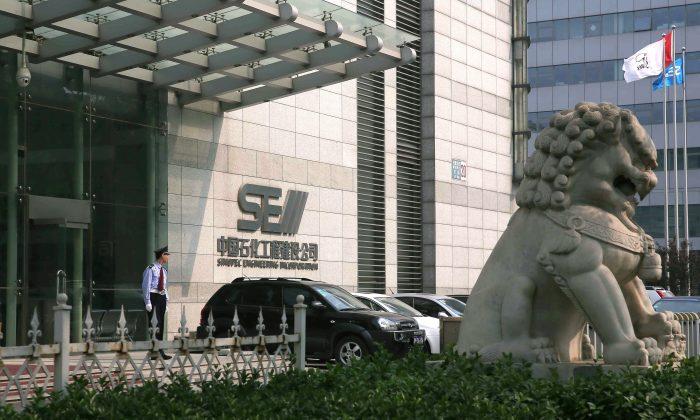While the phrase “diversify your portfolio” has become a cliché, it holds true in most cases. However, investors should exercise caution when investing in stocks of publicly listed companies based in emerging markets, especially the so-called BRIC nations of Brazil, Russia, India, and China.
In theory, diversification means holding investments from several sectors, types of securities, and geographical locations. But stocks from emerging markets, for the most part, should have lower valuations than those from developed countries, especially compared to U.S. equities. Generally speaking, returns on investments in emerging markets have been largely disappointing.
A few factors should be considered when valuing stock from any emerging market company:
1. Its home country’s government and legal systems are just, stable, and free of corruption.
2. The public company’s priority is to work on behalf of the shareholders.
3. The company is competitive—has value—relative to those in developed markets.
Companies from India and China (including companies listed in Hong Kong) are at a severe disadvantage when measured with rule No. 1 mentioned above. And when factoring in rule No. 2 and 3, most companies from developing countries fall short when measured against competitors from developed nations (of course, there are exceptions).
To illustrate this, we will use China as an extreme example.
In China, corruption is so widespread that among management levels of public companies, there are hundreds of thousands of employees who are the children and relatives of Communist Party and government officials.
Let’s use the U.S.-listed China Petroleum and Chemical Corp., or Sinopec, as an example (NYSE: SNP).
Management typically is appointed by China’s State Council, and this creates a conflict of interest because as a publicly listed company, it should serve the interest of shareholders, not cater to the ruling elite.
In Sinopec’s case, it has a negative reputation within China due to its poor environmental record. Also, because many employees cannot be terminated, productivity is low—far lower than at U.S. competitor Valero Energy (NYSE: VLO). Despite Sinopec’s underinvestment in exploration and research, it still lacks meaningful free cash flow. If China introduces real market-based financial markets, Sinopec would have trouble competing.
While Sinopec was used to illustrate the above points, most other Chinese-based public companies are either state-owned or controlled by local governments in one way or another. As such, the objective is often to increase revenues so the related officials can use such figures (similar to aggregating China’s GDP growth rate) to climb the political ladder to higher-level positions in the government. In addition, they borrow heavily. The end result is industrywide overcapacity, heavy price discounting, vanishing margins, ballooning accounts receivable, and finally stock value destruction and investor disappointment.
Let’s take a look at the price-earnings (P/E) ratios of emerging market firms. Some investors argue that there are quality companies in emerging markets with low P/E ratios, which is an indication of value.
But the P/E ratio alone doesn’t tell the entire story. One thing to remember while investing is that valuations are relative. If you compare the stocks to yields of 10-year government bonds of those countries, the stocks will immediately seem overvalued.
Take Russia for example. Its 10-year government bond yield is almost 8 percent. Move a typical Russian company with a P/E ratio of around 10 to the United States, and its valuation will immediately halve given the fact that the U.S. 10-year Treasury (risk-free) yield is 2.7 percent. This is due to the huge risk difference between the Russian equity and U.S. Treasuries. Conversely, if U.S. Treasury yields suddenly jumped to 8 percent, the U.S. stock market would see a major movement from current levels.
Emerging market firms also typically have lower free cash flow amounts compared to their U.S. counterparts. In China, for example, many public companies have minimal or no free cash flow when applying U.S. accounting standards.
We’ve used China and Russia as general examples. Similarly, Brazilian 10-year government bonds yield more than 11 percent, and for India, the figure stands at more than 10 percent.
Investment of one’s own money is a serious matter. Imagine your portfolio holdings are like your children. You’d want each and every one of them to receive the best education possible, instead of sending three of them to China, Russia, and Brazil just for the sake of diversification.
Warren Song and Frank Yu are contributors to the Epoch Times.




